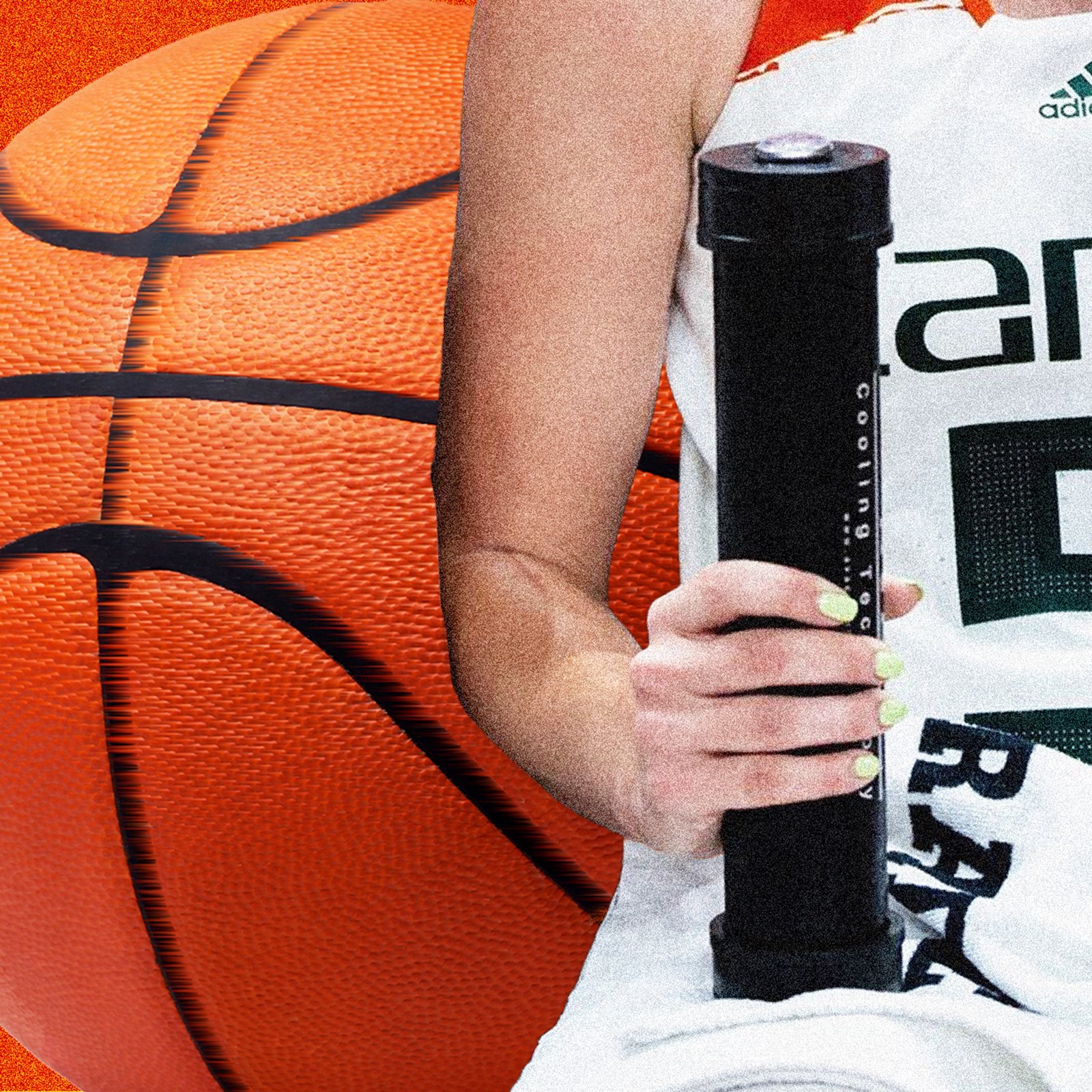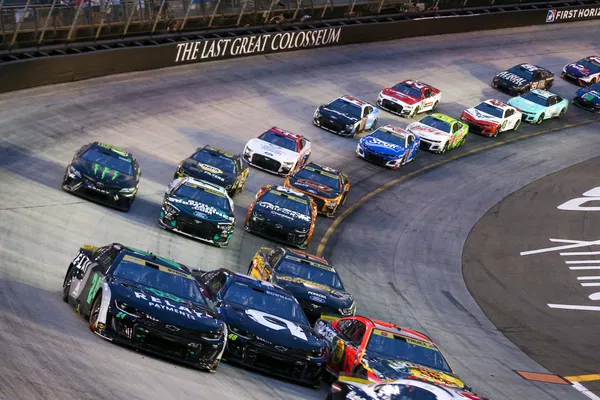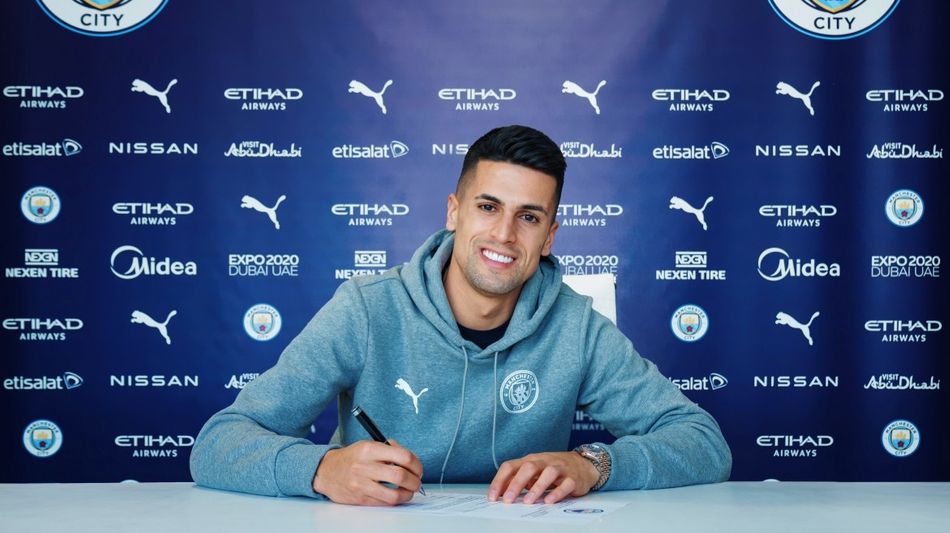Live from the National Title Game: Palm Cooling Technology Takes Center Stage
In a game that was already billed as the most-watched women’s college basketball showdown ever, an unexpected innovation stole a bit of the spotlight on the court. As the intensity of the 2024 NCAA women’s basketball national title game reached fever pitch, players from both sides were not only battling for every point but also utilizing a cutting-edge recovery tool—palm-cooling devices known as Narwhals.
During timeouts, amid water bottles, towels, and sports drinks, trainers began passing around these thick black cylinders, complete with copper extensions that taper off like oversized wine bottle necks. These devices, manufactured by Apex Cool Labs, are designed to rapidly cool an athlete’s palms. When players grip the copper tubes, a physiological trick kicks in—cooling the palms helps drop the core temperature, normalizes the heart rate, and speeds up recovery from heat stress.
Raven Johnson, South Carolina’s point guard and one of the team’s high-volume players, explained the immediate benefits:
“When you put your hands on it, it cools you down. It literally slows my heart rate down. It helped me with my breathing.”
This technique, also known as palmar or vasocooling, was first discovered over 20 years ago by Stanford University researchers. Despite early challenges in bringing a consumer product to market, palm cooling has finally gained traction among elite athletes. It’s not just basketball—players across the NBA, NHL, MLB, and NFL are now incorporating this technology into their recovery routines.
During the Edmonton Oilers’ run to the Stanley Cup Finals last year, NHL star Connor McDavid was seen in the locker room with teammate Zach Hyman intently using a pair of Narwhals between shifts. As legendary host Ron MacLean quipped, “What is Zach Hyman doing?” The answer: he was palm cooling—a simple yet effective method that helped reduce fatigue and maintain focus.
But why aren’t athletes just grabbing a cold soda can? The science behind palm cooling is precise. Devices like Narwhals are engineered to maintain a target temperature between 45 and 60 degrees Fahrenheit. If the cooling element is too cold, the blood vessels in the palms constrict instead of dilating, which is counterproductive. Companies like CoolMitt and AVA Cooling have refined these products—with CoolMitt retailing at around $995 and Narwhals at a more accessible $399 for a pair—ensuring consistent and effective performance.
Beyond the world of sports, palm cooling is making waves in other fields. For example, firefighters in Loudoun County, Virginia use Narwhals in a specialized recovery unit known as Rehab 623. Captain Scott Lantz explained,
“I don’t think there’s anything we’ve used that can even touch this. The cost of use per time is not high. It’s probably about the price of a Gatorade. The research shows it really does work—it’s not just a placebo effect.”
Studies have shown that applying cooling packs to glabrous skin (areas like the palms and soles) can lower body temperature more effectively than traditional methods. Though some recent research questions the long-term benefits of palm cooling, there’s a growing consensus among athletes, trainers, and even military personnel that its immediate effects—improved endurance, slowed heart rate, and enhanced mental clarity—are invaluable, especially in a warming world.
MiLaysia Fulwiley, a guard for South Carolina, noted,
“I wrapped my hand around it, and my heart just started beating a little slower. It made me able to breathe better.”
With climate change driving temperatures higher, the potential applications for palm cooling extend far beyond sports—into firefighting, industrial work, and even medical settings where rapid recovery is essential.
In a world where high-level performance and rapid recovery are key, palm cooling technology is poised to be revolutionary. As Raven Johnson put it,
“It makes it easier for me to concentrate and focus on what Coach Staley said during a timeout.”
As the adoption of these devices spreads, from the locker rooms of the NHL to the training facilities of Olympic athletes, one thing is clear: whether on the court or in the field, the benefits of palm cooling are here to stay, and they’re changing the game.
Stay tuned as we continue to track the impact of this innovative technology on the world of sports and beyond.



